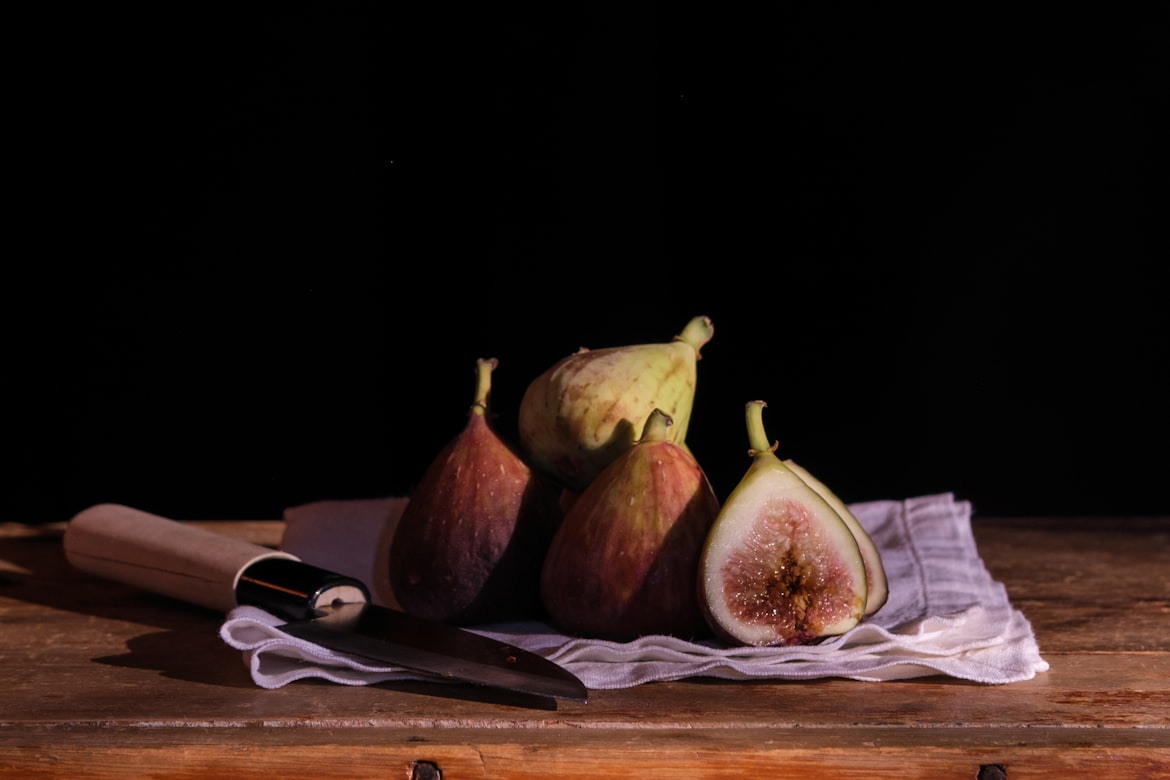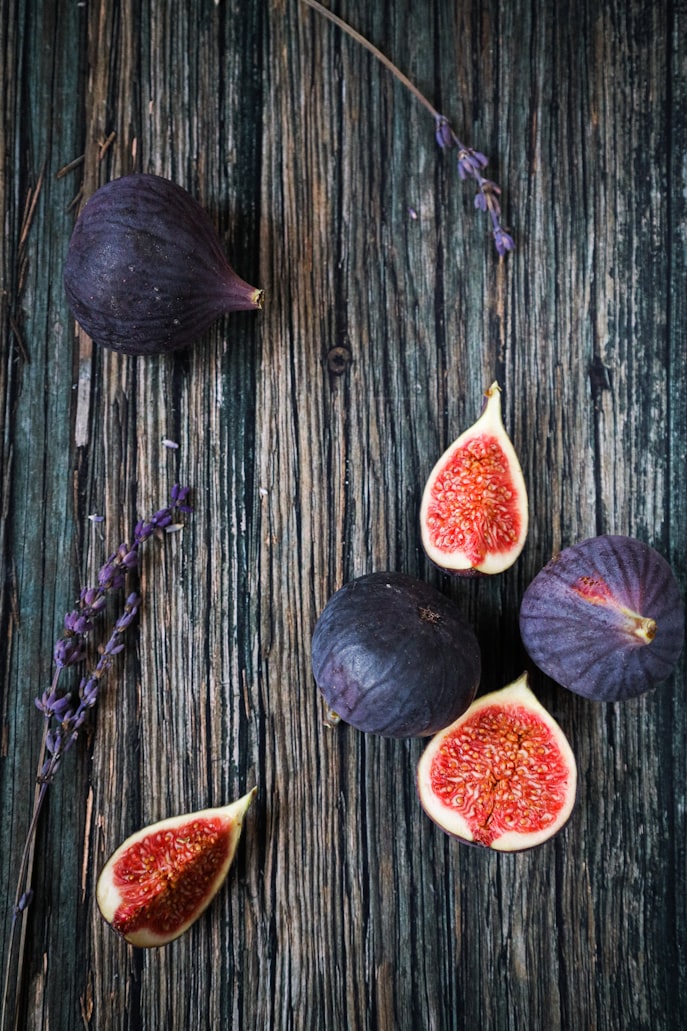Figs: More than just a tasty treat

Figs are a type of fruit that belongs to the genus Ficus in the Moraceae family. They are native to the Middle East and parts of Asia and are widely cultivated in a variety of countries around the world. Figs are sweet and juicy, with a soft and slightly chewy texture.
They are often eaten fresh, but can also be dried, canned, or preserved in other ways. Figs are a popular choice for a variety of dishes, such as fig jam, fig bread, and fig cake, and are also used to make fig vinegar and fig liqueur.
Nutritional Value of Figs
- Figs are a good source of antioxidants, vitamins, and minerals.
- They are particularly high in vitamin C, vitamin K, and dietary fiber, and are low in calories and fat.
- One cup of fresh figs contains about 74 calories, 1 gram of protein, 0 grams of fat, and 19 grams of carbohydrates, as well as 7 grams of fiber and 13 grams of sugar.
- Figs are also a good source of potassium, magnesium, and calcium.
- Dried figs are more concentrated in nutrients than fresh figs, but are also higher in calories and sugar.
Types of Figs
- There are several different species of figs, including Ficus carica, Ficus benghalensis, and Ficus religiosa.
- Ficus carica, also known as the common fig or edible fig, is the most widely cultivated species and is native to the Middle East and parts of Asia.
- Ficus benghalensis, also known as the banyan fig or Indian fig tree, is native to India and is commonly used in traditional medicine.
- Ficus religiosa, also known as the sacred fig or bo tree, is native to India and is considered sacred in Buddhism.
Growing Figs
- Figs are relatively easy to grow and can be grown in a variety of climates and soil types.
- They prefer well-draining soil that is rich in organic matter and should be watered consistently to ensure healthy growth.
- Figs are usually propagated by air layering or by rooting hardwood cuttings.
- They can be grown using a variety of methods, including in-ground planting, raised beds, and containers.
- Figs are generally resistant to pests and diseases but can be affected by pests such as fig wasps and fig beetles, as well as diseases such as fig mosaic virus and fig rust.
- To prevent these issues, it is important to use appropriate pest control measures and to practice good crop management techniques, such as rotating crops and removing and destroying infected plants.
Uses for Figs
- Figs have a wide range of uses, both in the kitchen and in traditional medicine.
- They are a popular choice for a variety of dishes, such as fig jam, fig bread, and fig cake, and are also used to make fig vinegar and fig liqueur.
- Figs are also used in traditional medicine and are believed to have a number of health benefits, including the ability to improve digestive health, lower cholesterol levels, and reduce the risk of certain diseases.
- Figs are also used in a variety of other products, such as health supplements, cosmetics, and industrial products.
Fun Facts About Figs
- Figs are one of the oldest cultivated fruits in the world and have been grown for thousands of years.
- The word “fig” comes from the Latin word “ficus”, which means “fig tree”.
- Figs are mentioned in the Bible and other ancient texts and have been depicted in artwork and literature throughout history.
- Figs are a symbol of prosperity and abundance in many cultures and are often given as gifts or used in religious ceremonies.
- There are over 750 different varieties of figs, each with its own unique flavor and characteristics.
- Figs are often dried and then rehydrated, which helps to preserve their flavor and texture.
In conclusion, figs are a delicious and nutritious type of fruit that have a wide range of uses and health benefits. They are native to the Middle East and parts of Asia and are widely cultivated in a variety of countries around the world. Figs are a good source of antioxidants, vitamins, and minerals, and have a sweet and juicy flavor that makes them a popular choice for a variety of dishes and drinks.








